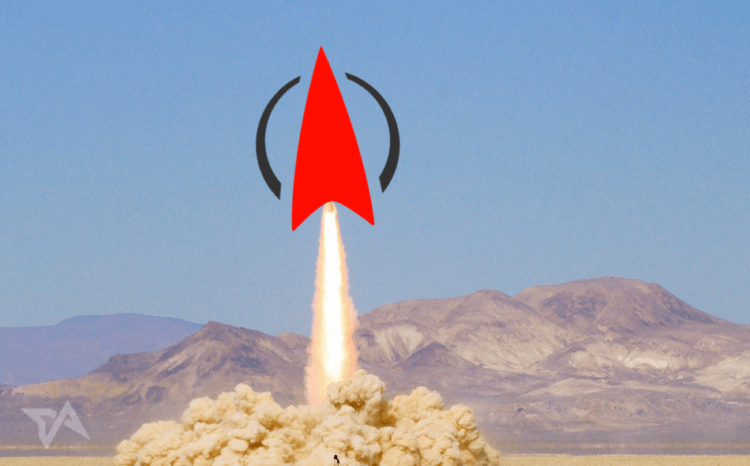
Photo credit: jeshoots.com.
Rocket Internet’s having a pretty dismal year. There was the loss of nearly US$700 million in the first six months, it’s seen the collective value of its fashion startups shrink by US$2.4 billion, and analysts have pilloried it for opaque financial structures and large employee turnover.
Its shares currently trade down 46.5 percent from their 2014 debut. Oliver Samwer, Rocket’s CEO, brushes aside analysts’ concerns, pointing to the company’s vast reservoir of cash and significant brand equity as factors that will help it steer through these turbulent times.
Part of what makes the German copycat incubator so irresistible to investors is its unmatched appetite for risk. It quite literally ventures into markets deemed too risky by Western entrepreneurs, giving it a first-mover advantage and building a tech ecosystem where none exists.
It’s easy to forget that Rocket was the first institutional investor in ecommerce in Southeast Asia, leaping in with an Amazon clone called Lazada. Its bets in Africa are also paying off – the value of its holding group is over a billion dollars with Goldman Sachs recently ploughing in hundreds of millions of bucks into operations there.
Times might be tough for Rocket, but write the firm off at your own peril.
Hidden gems
Rocket Internet’s strategy of copying an existing idea and taking it to new markets does not always work. Its sale of fashion store Jabong in India to Flipkart for just US$70 million exemplifies that. Zalora is also bleeding cash – the Southeast Asian clothing retailer recently closed shop in Thailand and Vietnam in an effort to cut losses.
The startup avoids luring in shoppers with deep discounts.
But one region showing immense potential is the Middle East. Namshi, the Zalora equivalent for Saudi Arabia, UAE, Qatar, Kuwait, Oman, and Bahrain is – wait for it – a Rocket Internet startup that’s actually profitable.

Photo credit: Pixabay.
Namshi’s financials indicate the company is well on track to dominate online fashion retail in the six markets it operates in. Net merchandise value, or the amount shoppers spend on the site, grew by 50.5 percent in the first six months of the year. Gross profit growth was also strong, increasing by 53.1 percent compared to the corresponding period last year.
Overall, the startup posted a profit of US$1.8 million, reversing the US$1.2 million loss last year.
Hosam Arab, co-founder of Namshi, tells Tech in Asia there’s been a concerted effort by the team to build a fashion brand.
“What we work on from the get go is ensuring the assortment is as interesting to the customer as possible and the experience we provide to them is unmatched,” he asserts.
Early start
Namshi first started selling clothing and accessories in late 2011, based out of Dubai. Unlike most Rocket Internet ecommerce startups, it initially outsourced a large part of its business, with operations, logistics, customer service, and deliveries handed over to third-party operators.
In early 2012 the retailer expanded out of the UAE and started shipping to countries like Saudi Arabia and Qatar. Now, it maintains centralized control in Dubai with large warehouses and a robust logistics team.
“After the first year we realized the key touch points [such as customer support and deliveries] were outsourced to a third party and we wanted to take back control to make sure customer experience is spotless,” explains Hossam.
“Since then the experience has wholly improved and customers testify to that.”
Hosam doesn’t divulge how much cash from Rocket spin-off Global Fashion Group is at Namshi’s disposal but claims there’s never been any issue of funding.
The startup avoids pulling in customers with deep discounts – a common practice in India and Southeast Asia.

Brand-conscious consumers
The factors that work in Namshi’s favor are that it operates in a region where consumers have large wads of disposable cash and are willing to shell out for premium goods.
The collective GDP of the six Middle Eastern markets Namshi operates in is an eye-watering US$1.64 trillion, according to 2013 figures. Recent decline in oil prices means there’s been some uncertainty and negative investor sentiment, but Hossam says the slowdown should only last till the end of the year, with significant improvement in 2017.
In the meantime, Namshi’s continuing to build relationships with brands so that its assortment is strong and products come online at the same time as they’re available in malls. A decent chunk of its business comes from the startup’s own clothing lines. These labels, designed in London and manufactured in China, cater mostly to shoppers after some H&M-style, affordable fast fashion. Zalora does that too.
But at the end of the day, it’s big brands that consumers in the Middle East ardently desire.
“Our region is very, very brand focused. They care about big logos, much more so as compared to Russian, Brazilian, or Indian ecommerce where it’s less pronounced,” he says.
Hosam doesn’t rule out the possibility of expanding into more markets in the Middle East – Egypt and Lebanon are cited as examples – but the current focus is squarely on dominating its existing ones.
The strategy makes sense. Ecommerce startups in the region have traditionally focused on general merchandise, meaning they’ll sell everything from LED TVs to lingerie. That leaves the field clear for niche startups to hone in on their target consumers.
“One of the things that has helped us is to focus on what matters. Sell what consumers want, improve their experience, and don’t dilute your thought process on a hundred different things,” says Hosam.
This post In a dismal year for Rocket Internet, one startup proves to be a hidden gem appeared first on Tech in Asia.
from Tech in Asia https://www.techinasia.com/rocket-internet-namshi-growth
via IFTTT
No comments:
Post a Comment